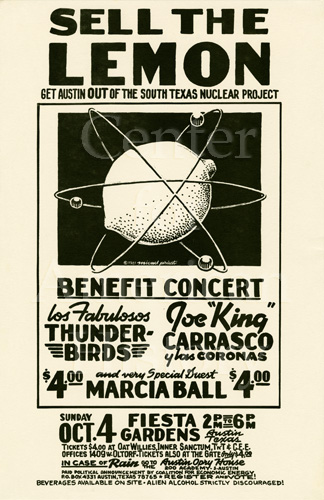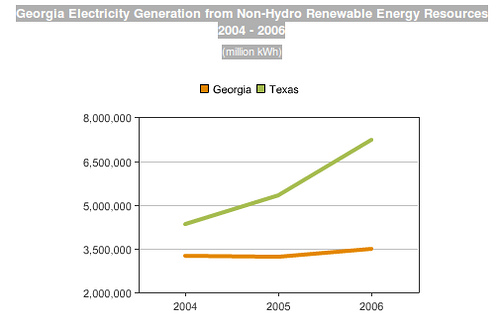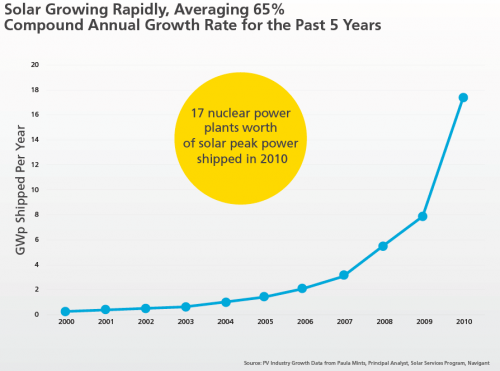Do fires at nuclear plants like Plant Hatch actually still occur? Yep, at the South Texas Nuclear Project, just this week. And that STP Unit 2 is a different design and newer (1989) than Hatch 1 or 2. Austin has been trying to sell its share in that lemon since 1981. Even TEPCO cancelled plans for new reactors there in 2011, due to cost overruns and the Fukushima disaster. What say we cancel our new nuclear lemons at Plant Vogtle?
According to the NRC event report for 9 January 2013:
UNUSUAL EVENT DECLARED DUE TO MAIN TRANSFORMER FIRE
“Fire in Unit 2 main transformer 2A. Reactor trip. Two train of offsite power lost to Unit 2.”
“An Unusual Event was declared based on EAL HU-2—Fire or explosion in protected area or switchyard which affects normal plant operations.”
At 1655 CST, South Texas Unit 2 declared an Unusual Event due to a main transformer fire. Unit 2 tripped from 100% power and is currently at 0% power in Mode 3. The transformer fire is out.
In addition to the loss of the main transformer, several safety related electrical busses and non-safety electrical busses lost offsite power. The appropriate emergency diesel generators started and powered the safety related busses. Unit 2 is currently stable and on natural circulation due to the loss of power to the reactor coolant pumps. Auxiliary feedwater is functioning as required and decay heat is being removed through the steam generator atmospheric relief valves. Unit 1 was unaffected by the event.
The licensee notified the NRC Resident Inspector.
Notified DHS SWO, FEMA, DHS NICC and NuclearSSA via email.
According to the NRC, they still don’t know what caused the problem.
 This is the same South Texas nuclear project that
Austin, Texas has been trying to bail out of for decades.
Austin voters said by a 58% majority
of 34,726 to 24,976 in November 1981 that they wanted to sell Austin’s
16% share
in the South Texas Nuclear Project.
By then the project was
four years behind schedule,
and the original cost estimate of $974 million had become about $4.4 billion.
More than thirty years later, there are still no buyers.
TEPCO (owner of Fukushima) and NRG (main partner in the existing
South Texas nuclear reactors) in 2006 proposed building two more
reactors there,
but cancelled the project in 19 April 2011,
with NRG
“writing off its investment of $331 million after uncertainties created by the accident in Japan.”
That accident in Japan would be the massive disaster at Fukushima Daiichi
the previous month.
This is the same South Texas nuclear project that
Austin, Texas has been trying to bail out of for decades.
Austin voters said by a 58% majority
of 34,726 to 24,976 in November 1981 that they wanted to sell Austin’s
16% share
in the South Texas Nuclear Project.
By then the project was
four years behind schedule,
and the original cost estimate of $974 million had become about $4.4 billion.
More than thirty years later, there are still no buyers.
TEPCO (owner of Fukushima) and NRG (main partner in the existing
South Texas nuclear reactors) in 2006 proposed building two more
reactors there,
but cancelled the project in 19 April 2011,
with NRG
“writing off its investment of $331 million after uncertainties created by the accident in Japan.”
That accident in Japan would be the massive disaster at Fukushima Daiichi
the previous month.
 Austin went solar in 2003, and
has been ramping up its solar generation ever since.
Austin went solar in 2003, and
has been ramping up its solar generation ever since.
Bloomberg News spun this fire as “an unusual event, the lowest-level emergency category”. Be that as it may, as of yesterday, the NRC reported South Texas 2 still at 0%. Ditto San Onofre 2 and San Onofre 3, Waterford 3, Fort Calhoun, Turkey Point 4, Crystal River 3, all zero percent, plus several others at less than 100%.
Naureen S. Malik wrote for Bloomberg 9 January 2013, U.S. Nuclear Generation Falls on Texas Reactor Transformer Fire,
U.S. nuclear-power generation fell for the first time in three days after a Texas reactor was shut because of a transformer fire.
Output slid 0.1 percent from yesterday to 93,176 megawatts, or 91 percent of capacity, according to U.S. Nuclear Regulatory Commission data compiled by Bloomberg. Output was 3.2 percent less than a year ago with seven of 104 nuclear reactors offline.
It “fell for the first time in three days”? So we managed to go three days without some accident in a nuclear reactor? Very impressive!
 If 93,176 MW is 91% of capacity, total capacity of all 104 reactors
must be about
102,391 MW.
That’s one target to replace with solar and wind.
It may seem high, but with
Moore’s Law pushing down solar prices
and
pushing up solar deployments, that actually won’t take many years.
If 93,176 MW is 91% of capacity, total capacity of all 104 reactors
must be about
102,391 MW.
That’s one target to replace with solar and wind.
It may seem high, but with
Moore’s Law pushing down solar prices
and
pushing up solar deployments, that actually won’t take many years.
Let’s start by not building more reactors.
-jsq
Short Link: